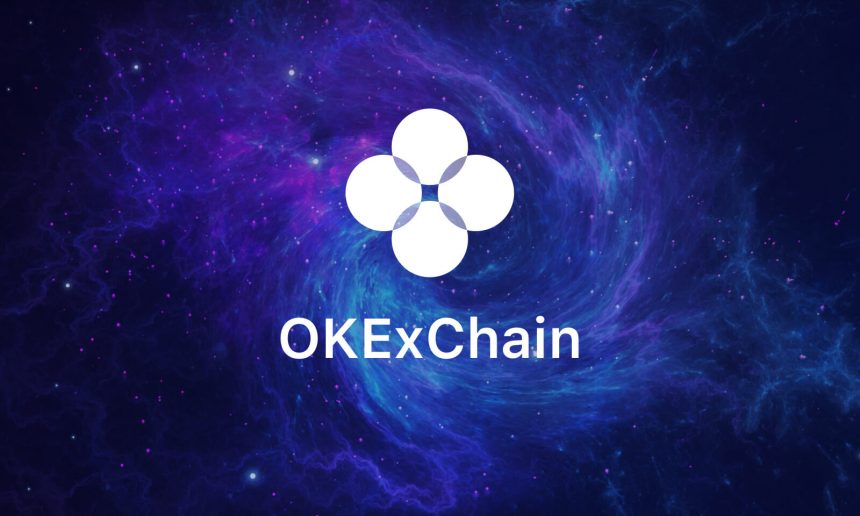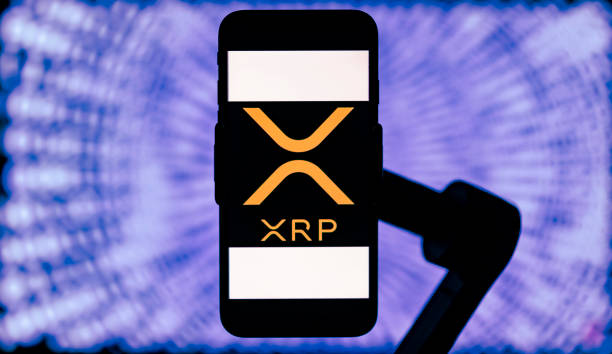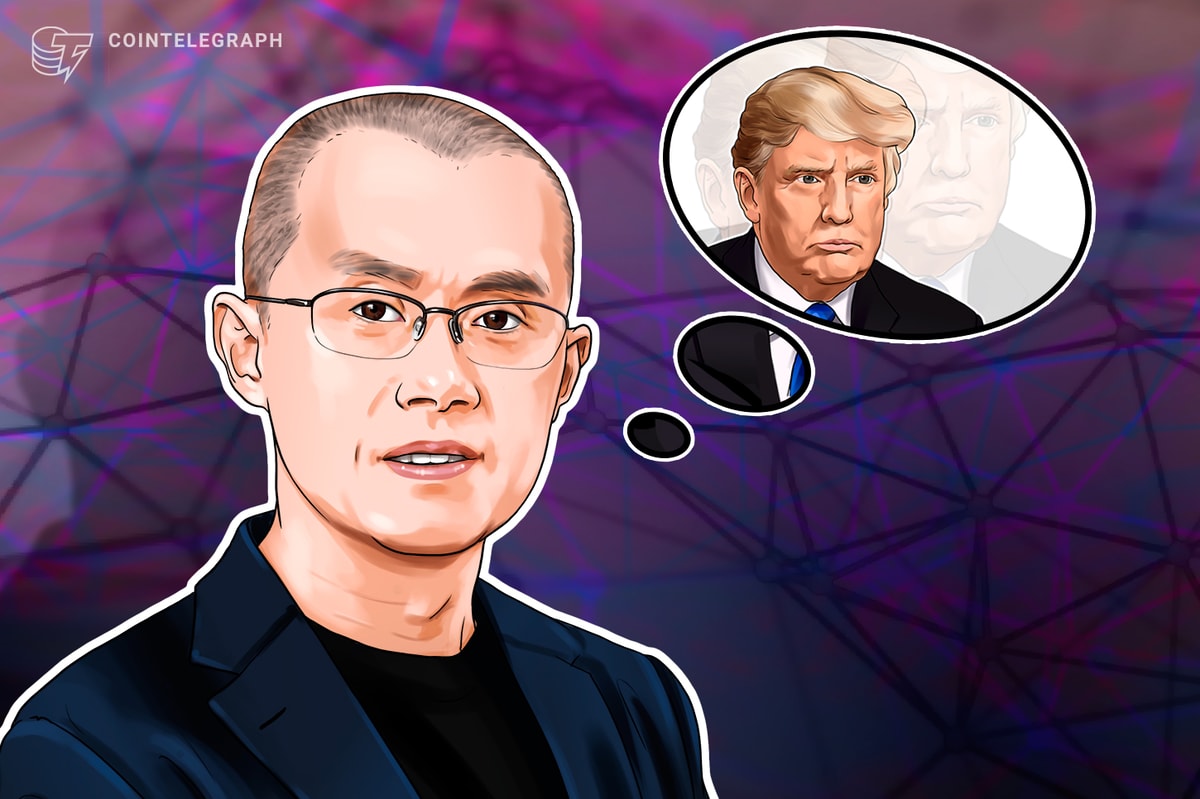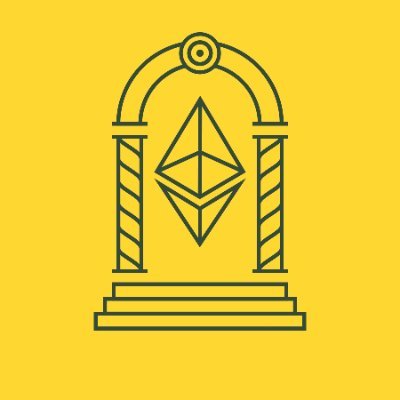Thank you for agreeing to this interview. Before we start, could you provide a little bit of background on OKExChain, the OKT token, and OKEx’s primary goals for the project?
We have spent three years designing and developing OKExChain to ensure that it upholds blockchain technology’s core qualities of openness and decentralization. Throughout this period, it has undergone many iterations on the testnet. For example, we have expanded the ecosystem through hackathons and partnerships, committed to open-source, and realized OKExChain’s liquidity mining farm module, among other developments. This was all done to ensure our commitment to provide a robust open-source chain with high performance. One that can support the development of large-scale commercial dApps – without sacrificing decentralization.
OKExChain is specialized in trading and, upon completion of its fourth phase of rollout, will allow for an entire ecosystem of Ethereum-compatible DEXs and trading-based dApps. During phase one, which lasts two weeks starting from 31st December 2020, the OKT token, OKExChain’s native token, will be minted. In the second and third phases, we will continue ongoing testing and development to ensure mainnet stability and reliability and, in the final phase, the smart contract virtual machine will be enabled, which will make OKExChain compatible with all projects on Ethereum.
The OKT token powers the OKExChain ecosystem and will provide holders with benefits such as voting rights, discounted fees, and staking privileges for decentralized exchanges and other DeFi applications built on the network. The initial issuance is 10 million OKT and OKB holders are invited to gain first access by staking their OKB tokens to receive OKT. They can stake and withdraw their stake at any time to maximize the value of their invested capital.
What does it mean for OKEx to reach this milestone after three full years of development?
It is a huge milestone for OKEx. We have invested a significant amount of resources and commitment into bringing the world’s first open-source, trading-focused chain to the mainnet. We are very proud to uphold decentralization and make the chain open, borderless, and ultimately interoperable and EVM-compatible. OKExChain is the embodiment of our commitment to contribute to the development of the financial system of the future and we are thrilled to have reached this point.
We’re also excited about giving back to OKB holders by giving them first access to the OKT token. They have been instrumental throughout the development of OKExChain and this is our way of saying thank you.
And what does this mean for the cryptocurrency industry?
At OKEx, we believe that it is the duty of all cryptocurrency industry participants to collaborate to grow the space and roll out the tools and products necessary for mass participation/adoption. As such, we do not believe that there will be just one chain but a need for many competing yet complementary chains that work together to achieve that goal. We are helping to advance the space with the world’s first open-source and decentralized trading-focused chain. This will allow for the wide-scale creation of DEXs and other associated dApps taking advantage of high performance and a robust and secure chain to build on.
Can you share any stories about the challenges you faced over the years?
The constant challenge is keeping up with changing needs and expectations, creating and rolling out a product before it has already become redundant in the market. We were already steadfast in ensuring decentralization on OKExChain and the massive growth and popularity in DeFi this year highlighted the importance of this. We had to iterate many times and, I think, another of the greatest challenges is achieving high performance without sacrificing decentralization – and understanding how much and how quickly you can achieve it without pushing the limitations of the underlying technology too far.
What was the reason for ten different iterations?
OKExChain has been in development for just under three years. Over this period, the purpose of OKExChain has shifted in line with industry developments and technological innovations. We were very clear on the need to ensure a high degree of decentralization as the question of governance took on more and more importance. With each different iteration, we made significant improvements to the chain, such as incorporating EVM compatibility, improving the voting mechanism, reducing trading fees, and improving TPS. We uphold a commitment to excellence at OKEx and were not willing to move to the mainnet until we were completely sure of offering a game-changing and highly focused product that can contribute to and improve on the current ecosystem.
Can you explain the phased rollout process and why that strategy was chosen?
A phased rollout process makes sense in an industry that moves at a breakneck speed. This will allow us to continually iterate and develop inline with industry demands and changes as well as ensure that upon launch completion, the product is as robust and high-performance as possible.
How can users mint OKT through the OKEx Jumpstart?
For a two-week period that began on 31 December 2020, users will be able to stake their OKB on the OKEx platform and generate OKT tokens. OKT will be issued proportionally to OKB holders and they can stake and or withdraw it at any time to maximize capital flexibility. There is no minimum or maximum staking limit per person.
What incentives are users offered to hold OKT tokens?
OKT tokens come with immediate benefits and utility for holders. As the native token of the OKExChain ecosystem, holding OKT grants voting rights, staking privileges, and transaction fee payment for decentralized exchanges and other DeFi applications built on the network. OKT is also designed to have a halving cycle like bitcoin. This takes place approximately every 36 months, imparting scarcity and token value appreciation over time.
How does OKT compare to other industry tokens?
Compared to other exchange tokens, say, Huobi HT or Binance BNB, OKT is very different in that it is a new token for OKExChain, rather than using the existing native token of the exchange. This means that the entry of new nodes is not prohibitive and we can increase the level of decentralization.
What sets the OKEx DEX apart from other similar platforms?
OKEx DEX brings several advantages to users beyond being noncustodial and highly secure. Thanks to the iterations we made on the testnet, we have been able to significantly reduce trading fees unlike the high costs on other platforms. OKEx DEX also boasts of facilitating high-performance trading for users to enjoy a more seamless experience with lower fees when trading on OKEx DEX.
Compared to public blockchains like Ethereum, OKExChain provides a dedicated infrastructure for trading DApps and DEXs. This translates into lower costs for developers deploying their trading DApps which, in turn, leads to lower trading fees for users.
How do OKT and OKExChain fit into the broader DeFi landscape?
We hope to fuel the development of an alternative financial system through the launch of OKExChain. By concentrating the chain on a trading niche and making it EVM compatible with very high performance, we aim to be a very attractive platform for DEXs and similar applications. This means that we can help overcome some of the existing pain points in DeFi such as scalability and network fees while upholding decentralization.
How important do you think DeFi will become over the next several years, and why?
At OKEx, we firmly believe that DeFi is the crypto industry’s future and that it has the potential to supplement the traditional financial industry and achieve the goal of #FinanceAll. We have already seen amazing innovation with the entire construction of an alternative system centered around borrowing and lending, with extremely low barriers to entry and a viable alternative for storing value and making a passive income. This can only grow in protagonism over the next few years as people are aware of the pitfalls with traditional finance and come to realize that they can avail themselves credit, transact, and increase their wealth without gatekeepers. As DeFi matures and attracts more interest from institutions, we will see the sector take off in earnest as real-world assets transfer to the blockchain and traditional finance is forced to adjust and improve.
Are there any DeFi projects out there that OKEx drew inspiration from? For OKExChain?
There are many DeFi projects that have caught our admiration from Chainlink’s decentralized oracles to Compound’s borrowing and lending platform, Polkadot’s focus on interoperability, and Uniswap’s ability to attract liquidity. We have collaborated with many projects in this sector to assist in their visibility, to allow users to earn and stake their tokens, to launch our own secure price feed – OKEx Oracle, and to inspire us in the development of OKExChain. Essentially, we work to tackle the same existing issues of liquidity, scalability, interoperability, and adoption. Making OKExChain EMV-compatible is essential to allow dApps built on Ethereum to easily migrate to our platform as well as improve the user experience and grow the space.
How do OKT and OKExChain compliment OKEx’s growing list of financial products and services?
Over the years, the crypto space has grown and different types of participants have emerged. Not all want to custody their cryptocurrency holdings and utilize centralized providers. While many people in the space enjoy trading and speculating on crypto assets, others like to HODL and others, still, see the benefits in earning a passive income on their digital assets and accumulating wealth in more risk-averse ways.
OKEx has grown up to accommodate these differing needs and OKExChain seeks to further the growth of DeFi and provide an excellent robust platform for DEX and dApp developers as well as token holders. OKExChain allows us to satisfy the needs of crypto market participants wanting a decentralized experience without just being a mere extension of the OKEx brand.
Disclaimer: The information presented here does not constitute investment advice or an offer to invest. The statements, views, and opinions expressed in this article are solely those of the author/company and do not represent those of Bitcoinist. We strongly advise our readers to DYOR before investing in any cryptocurrency, blockchain project, or ICO, particularly those that guarantee profits. Furthermore, Bitcoinist does not guarantee or imply that the cryptocurrencies or projects published are legal in any specific reader’s location. It is the reader’s responsibility to know the laws regarding cryptocurrencies and ICOs in his or her country.











